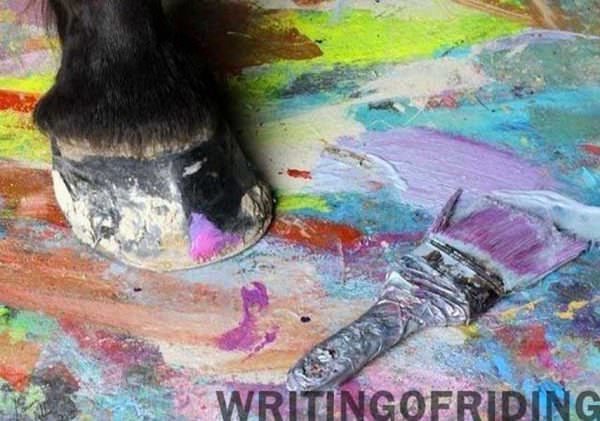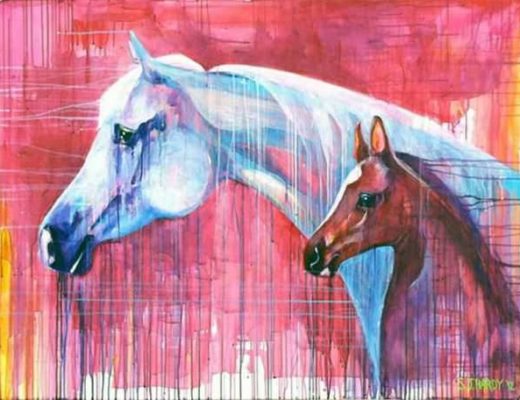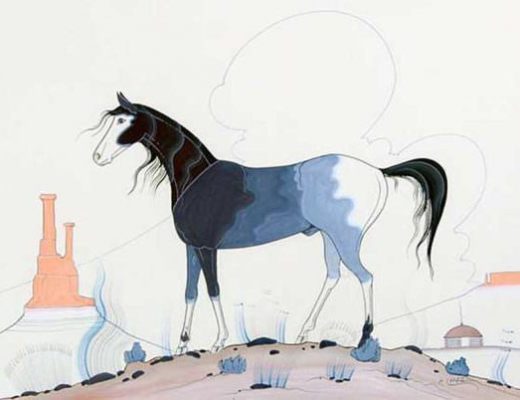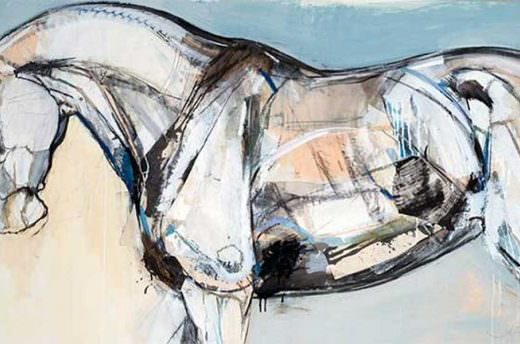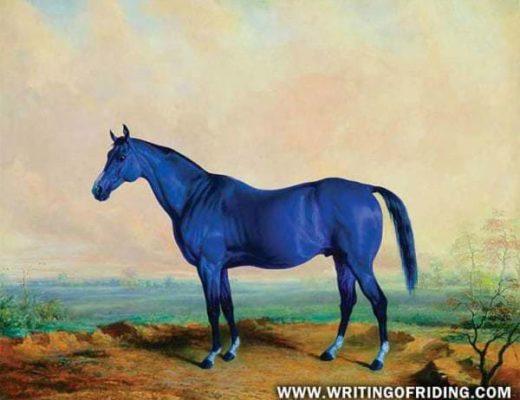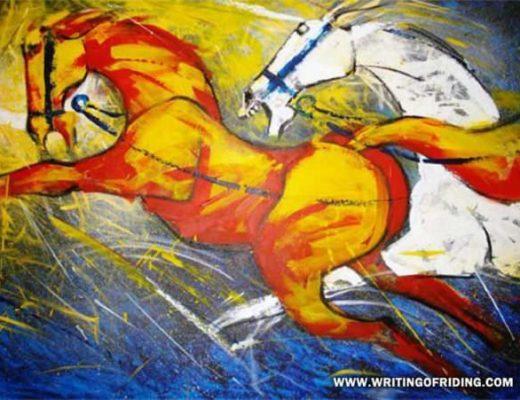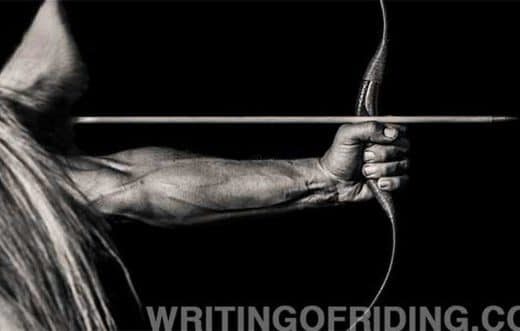Checking in.
Last week, The Sixth Week. Recovering a sense of Abundance
This week you tackled a major creative block: money. You were asked to really look at your own ideas around Life, Money, and creative abundance. The essays explored the ways in which your attitudes limit abundance and luxury in your current life. You were introduced to counting, a block-busting tool for clarity and right use of funds. Did this week feel… volatile?
How many days this week did you complete the morning pages? Did you use them to explore the idea of creative luxury for yourself? How was the experience of morning pages this week?
Did you do your artist date this week? (Have you considered allowing yourself… two?) What did you do? How did it feel? Are you finding it any easier to contemplate delighting yourself in small ways? In large ways?
Did you experience any synchronicity this week? (Magical coincidences that supported your stated aim?)
Were there any other issues that you consider significant for your creative recovery? Describe them.
Week 7:
Recovering a Sense of Connection
Remember: Creativity is the natural order of life. Life is energy: pure, creative energy. There is an underlying, in-dwelling creative force infusing all of life — including ourselves. It is safe to open ourselves up to greater and greater creativity. Our creative dreams and yearnings come from a divine source. As we move toward our dreams, we move toward our divinity.
We cannot escape fear. We can only transform it into a companion that accompanies us on all our exciting adventures… Take a risk a day — one small or bold stroke that will make you feel great once you have done it.
Susan Jeffers
The Seventh Week. Recovering a sense of Connection
This week we turn to the practice of right attitudes for creativity. The emphasis is on your receptive as well as active skills. The essays, exercises and tasks aim at excavating areas of genuine creative interest as you connect with your personal dreams.
Listening.
The ability to listen is a skill we are honing with both our morning pages and our artists date. Your artists date may be a horseman's date. It may be a dancer's date. It is fifteen minutes, an hour, a moment — that you plan — that brings you absolute delight. The morning pages train us to hear past our Censor. The artists dates help us to pick up the voice of inspiration. While both may be apparently unconnected to the practicing of our particular art, they are critical to the creative process.
The art of working with horses, as all art, is not about thinking something up. It's about getting something down. The direction is important. The art of equitation is not something high above you, some heaven of perfection you reach for but can never attain. It's about getting something down, there's no strain. We're not doing, we're getting. Someone or something else is doing the doing. Instead of trying to invent the process, to reach for some higher plateau, we're just engaged in listening.
“In the art of classical equitation, there are two beings, two artists at play. Horsemanship is always a collaborative piece. In equitation, the rider and the horse as a pair are at once the brush, the paint, the canvas and the finished work.”
Craig Stevens
In all art, the artist starts with a plan, but if we are listening deeply soon the art takes on the planning in itself. (Do not confuse this with the HORSE taking on the planning himself, it is the COLLABORATION that is bigger than either of you). In painting we say, the brush takes the next stroke. We are more the conduit than the creator of what we express.
Creativity in this respect is like water, like a river flowing around us unseen. To access it, we simply drop down into the well. The morning pages teach us to listen, listening we hear the rush of a thousand streams of possibilities, ideas, potentials. When you frame it this way, when you invent the world as though there was a support system right there waiting to float your dreams for you, suddenly all things are possible.
Once you begin to accept that it's natural to create, you can begin to accept another part of that idea — that the underlying creative force that is Life will hand you whatever you need for the project. THe minute you are willing to accept the help of this collaborator, you'll see useful bits of help everywhere. Be alert. There is a higher harmonic, a second voice, adding to and augmenting your inner creative voice. THis voice frequently shows itself in synchronicity.
Stuck on some aspect of your riding, you'll suddenly run across a chapter in a new book that uncovers just the right way of phrasing it so that suddenly the concept you are unclear on becomes real. Or, teaching you'll suddenly see a student mirror your own mistake, or you'll overhear another teacher clarifying just the right piece that you did not realize you were foggy about.
Many of us harbor a belief that if there is a God, he sees our dreams and hopes as frivolous. I mean… horseback riding. Give me a break. If we start expecting that the universe is supporting our dreams, implied within that is that the dreams we have are worth supporting… and… so are we. You'll find that the more you can let go to the idea that the universe is behind you, looking for ways to carry you forward… the more you'll notice that it always has supported your dreams.
Perfectionism.
You may call it “getting it right,” or maybe, “having standards,” or “fixing it before I go any further.” What you should call it though, is perfectionism.
Perfectionism is not about getting it right, having standards, or fixing things. Perfection is all about not allowing you to proceed. It is an obsessive, debilitating closed loop. Obsessed with doing things perfectly, we get mired in tiny details. We suck the life out of the things we love, reducing them to excruciating minutiae, and then grinding each particle down with our critical eye.
“Don't worry about mistakes,” said Miles Davis, “there are none.”
The perfectionist re-draws the line of the chin in a portrait until the paper tears. She re-writes the first line in her novel over and over, never getting farther than that first page. She can not allow herself to progress in riding. “I have standards,” she says, “I won't bother the instructor with a question so beneath him, I'll work it out.” She writes, paints, rides, and speaks with one eye on the audience, she is constantly grading her results. Midway through a project, the perfectionist decides to re-outline it, she changes her priorities, she re-thinks her approach.
The perfectionist thinks that this is humility. I am just not good enough yet, I'll keep trying. In reality, it is pride. A particularly destructive pride, rooted in the belief that nothing we'll ever do is good enough, nothing can ever meet our own high, golden, shining standard. Perfectionists never, ever say “That's good enough. I'm content with that.” Letting go is a normal part of creativity. “A painting is never finished,” and Paul Gardner, “It just stops in interesting places.”
Risk
QUESTION: What would I do if I didn't have to do it perfectly?
ANSWER: A great deal more than I am.
We've all heard that the unexamined life is not worth living, but consider too that the un-lived life is not worth examining. The success of a creative recovery hinges on our ability to move out of the head and into action. This bring us squarely to risk. Most of us are practiced at talking ourselves out of risk. We are skilled speculators on the probable pain of self-exposure.
“I'll look like an idiot,” we say, conjuring images of our first riding lesson, our first hobbled short story, our terrible drawings. Part of the game here is lining up the masters and measuring our baby steps against their perfected craft. We don't compare our student films to George Lucas' student films, instead we compare them to Star Wars.
We deny that in order to do something well we must first be willing to do it badly. Instead, we opt for setting our limits at the point where we feel assured of success. Living within these bounds, we may feel stifled, smothered, despairing, bored. But, yes, we do feel safe. And safety is a very expensive illusion.
In order to risk, we must jettison our accepted limits. We must break through “I can't because. . .” Because I am too old, too broke, too shy, too proud? Self-defended? Timorous?
Usually, when we say we can't do something, what we mean is that we won't do something unless we can guarantee that we'll do it perfectly.
Working artists know the folly of this stance. There is a common joke among directors: “Oh, yeah. I always know exactly how I should direct the picture — after I'm done directing it.”
As blocked artists, we unrealistically expect and demand success from ourselves and recognition of that success from others. With that as an unspoken demand, a great many things remain outside our sphere of possibility. As equestrians, we only work our horses in our own indoor arena instead of exploring the trails or trailering to events. As actors, we tend to allow ourselves to be typecast rather than working to expand our range. As singers, we stay married to our safe material. As songwriters, we try to repeat a formula hit. In this way, artists who do not appear blocked to the outside eye experience themselves as blocked internally, unable to take the risk of moving into new and more satisfying artistic territory.
Once we are willing to accept that anything worth doing might even be worth doing badly our options widen. “If I didn't have to do it perfectly, I would try . . .”
- Stand-up comedy.
- Modern dancing.
- Whitewater rafting.
- Archery on horseback.
- Learning German.
- Figure drawing.
- Figure skating.
- Being a platinum blond.
- Puppeteering.
- Trapeze.
- Water ballet.
- Polo.
- Wearing red lipstick.
- Taking a couture class.
- Writing short stories.
- Reading my poetry in public.
- A spontaneous tropical vacation.
- Learning to shoot video.
- Learning to ride a bike.
- Taking a watercolor class.
In the movie Raging Bull, boxer Jake La Motta's manager-brother explains to him why he should shed some weight and fight an unknown opponent. After an intricate spiel that leaves La Motta baffled, he concludes, “So do it. If you win, you win, and if you lose, you win.”
It is always that way with taking risks.
To put it differently, very often a risk is worth taking simply for the sake of taking it. There is something enlivening about expanding our self-definition, and a risk does exactly that. Selecting a challenge and meeting it creates a sense of self-empowerment that becomes the ground for further successful challenges. Viewed this way, running a marathon increases your chances of writing a full-length play. Writing a full-length play gives you a leg up on a marathon.
Complete the following sentence. “If I didn't have to do it perfectly, I would try . . .”
Shoot for the moon. Even if you miss it you will land among the stars.
Les Brown
Jealousy
Jealousy is a map. Each of our jealousy maps differs. Each of us will probably be surprised by some of the things we discover on our own.
Jealousy is always a mask for fear: fear that we aren't able to get what we want; frustration that somebody else seems to be getting what is rightfully ours even if we are too frightened to reach for it. At its root, jealousy is a stingy emotion. It doesn't allow for the abundance and multiplicity of the universe. Jealousy tells us there is room for only one — one poet, one painter, one whatever you dream of being.
The truth, revealed by action in the direction of our dreams, is that there is room for all of us. But jealousy produces tunnel vision. It narrows our ability to see things in perspective. It strips us of our ability to see other options. The biggest lie that jealousy tells us is that we have no choice but to be jealous. Perversely, jealousy strips us of our will to act when action holds the key to our freedom.
The Jealousy Map, An Exercise
Your jealousy map will have three columns. In the first column, name those whom you are jealous of. Next to each name write why. Be as specific and accurate as you can. In the third column, list one action you can take to move toward creative risk and out of jealousy.
When jealousy bites, like a snakebite it requires an immediate antidote. On paper, make your jealousy map.
| WHO | WHY | ACTION ANTIDOTE |
| My sister Charity | She has an art studio | Set up my easel in a spare room |
| Audrey Kawasaki | Accomplished painter | Paint more! |
| Anne Sexton | Famous poet | Publish my long-hoarded poems |
Even the biggest changes begin with small ones. Green is the color of jealousy, but it is also the color of hope. When you learn to harness its fierce energy on your own behalf, jealousy is part of the fuel toward a greener and more verdant future.
Archaeology, An Exercise
The phrases that follow are more of your sleuth work. Very often, we have buried parts of ourselves that can be uncovered by some digging. Not only will your answers tell you what you missed in the past; they will tell you what you can be doing, now, to comfort and encourage your artist child. It is not too late, no matter what your ego tells you.
Complete these phrases.
- As a kid, I missed the chance to . . .
- As a kid, I lacked . . .
- As a kid, I could have used . . .
- As a kid, I dreamed of being . . .
- As a kid, I wanted a . . .
- In my house, we never had enough . . .
- As a kid, I needed more . . .
- I am sorry that I will never again see . . .
- For years, I have missed and wondered about . . .
- I beat myself up about the loss of . . .
It is important to acknowledge our positive inventory as well as our shortfalls. Take positive stock of what good you have to build on in the present.
Finish these phrases.
- I have a loyal friend in . . .
- One thing I like about my town is . . .
- I think I have nice . . .
- Writing my morning pages has shown me I can . . .
- I am taking a greater interest in . . .
- I believe I am getting better at . . .
- My artist has started to pay more attention to . . .
- My self-care is . . .
- I feel more . . .
- Possibly, my creativity is . . .
Tasks
- Make this phrase a mantra: Treating myself like a precious object will make me strong. Watercolor or crayon or calligraph this phrase. Post it where you will see it daily. We tend to think being hard on ourselves will make us strong. But it is cherishing ourselves that gives us strength.
- Give yourself time out to listen to one side of an album, just for joy. You may want to doodle as you listen, allowing yourself to draw the shapes, emotions, thoughts you hear in the music. Notice how just twenty minutes can refresh you. Learn to take these mini-artist dates to break stress and allow insight.
- Take yourself into a sacred space — a church, synagogue, library, grove of trees — and allow yourself to savor the silence and healing solitude. Each of us has a personal idea of what sacred space is.
- Create one wonderful smell in your house — with soup, incense, fir branches, candles — whatever.
- Wear your favorite item of clothing for no special occasion.
- Buy yourself one wonderful pair of socks, one wonderful pair of gloves — one wonderfully comforting, self-loving something.
- Collage: Collect a stack of at least ten magazines, which you will allow yourself to freely dismember. Setting a twenty-minute time limit for yourself, tear (literally) through the magazines, collecting any images that reflect your life or interests. Think of this collage as a form of pictorial autobiography. Include your past, present, future, and your dreams. It is okay to include images you simply like. Keep pulling until you have a good stack of images (at least twenty). Now take a sheet of newspaper, a stapler, or some tape or glue, and arrange your images in a way that pleases you.
- Quickly list five favorite films. Do you see any common denominators among them? Are they romances, adventures, period pieces, political dramas, family epics, thrillers? Do you see traces of your cinematic themes in your collage?
- Name your favorite topics to read about: comparative religion, movies, ESP, physics, rags-to-riches, betrayal, love triangles, scientific breakthroughs, sports . . . are these topics in your collage?
- Give your collage a place of honor. Even a secret place of honor is all right — in your closet, in a drawer, anywhere that is yours. You may want to do a new one every few months, or collage more thoroughly a dream you are trying to accomplish.
